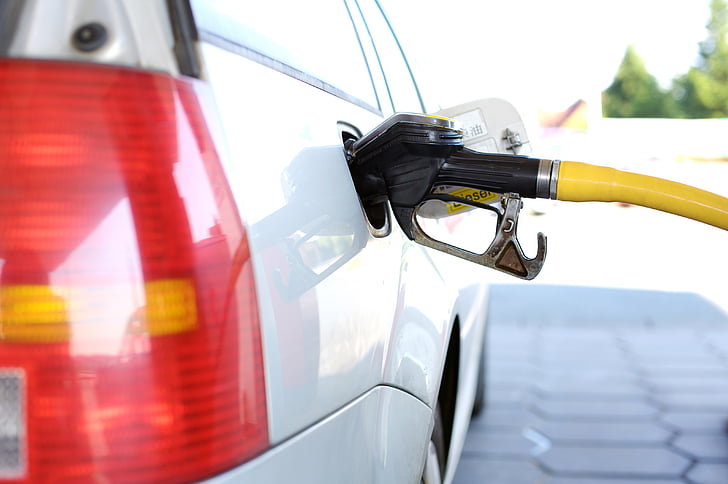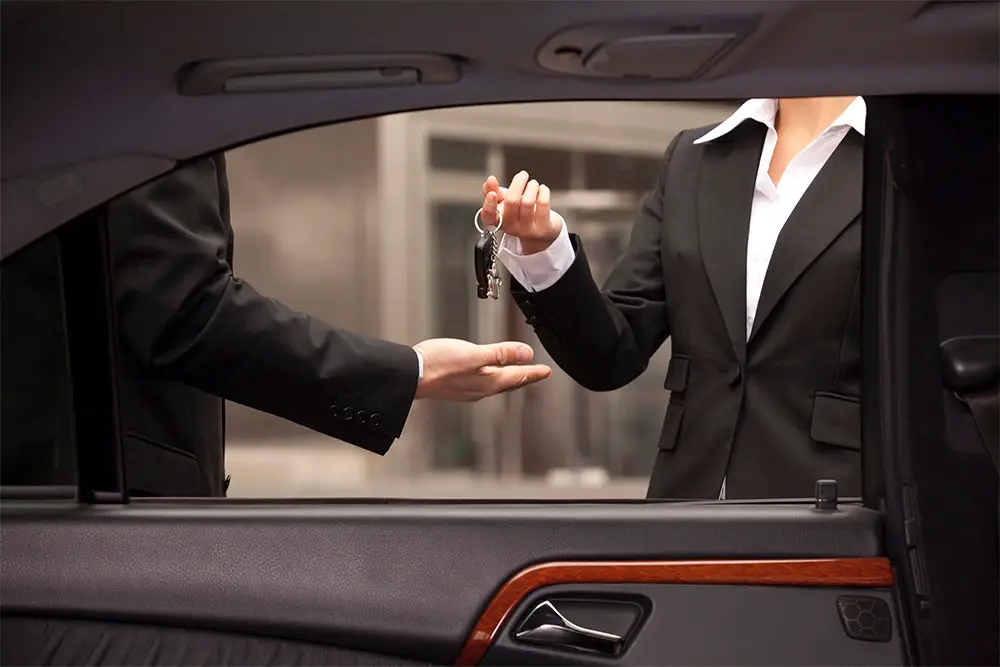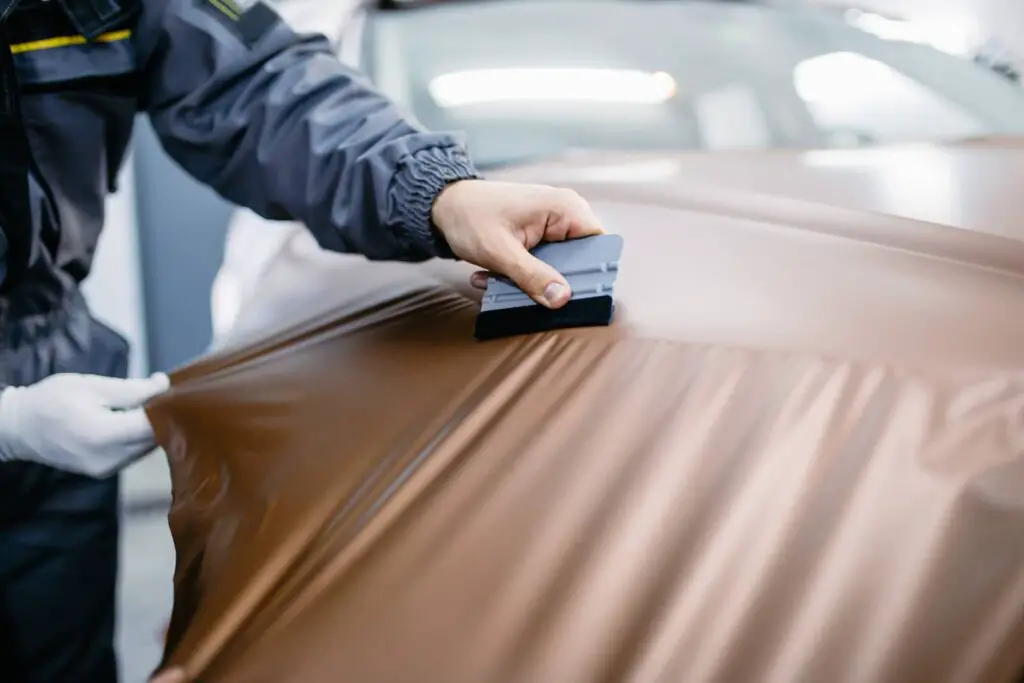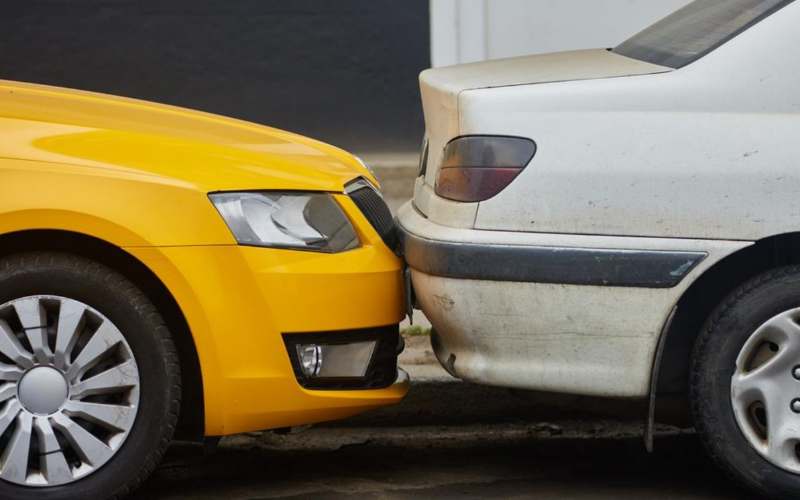Putting gas in a car is a simple task that we all do regularly. But have you ever wondered how this process became so commonplace? Fueling up our vehicles has a fascinating history that dates back to the early 20th century. From the first gas stations that appeared in the 1900s to the modern self-service pumps we see today, the act of refueling has evolved to become a mundane yet essential part of our daily lives.
When it comes to putting gas in your car, there are a few key steps to follow. First, locate the fuel door on the side of your vehicle. It’s usually marked by an icon or a label. Next, remove the fuel cap by turning it counterclockwise. Make sure to place the cap in a safe spot, so you don’t misplace it. Once the cap is off, insert the fuel nozzle into the gas tank opening and squeeze the handle to begin the flow of fuel. Keep an eye on the meter as you fill up, and stop once you’ve reached the desired amount.
Finally, replace the fuel cap, making sure it’s securely tightened. And voila! You’ve successfully put gas in your car, ready for your next adventure on the road.
I have put together a simple step-by-step guide on how to put gas in a car. First, park your car near the gas pump. Turn off the engine and open the fuel door. Next, remove the gas cap and place it somewhere safe. Choose the appropriate fuel grade for your car and insert the nozzle into the fuel tank. Squeeze the handle gently and fill the tank until it’s about 95% full. Finally, replace the gas cap, close the fuel door, and pay for the gas. And that’s how you put gas in a car!

Understanding your Car’s Fuel Needs
Before learning how to put gas in a car, it is important to understand your car’s fuel needs. Different cars have different fuel requirements, and it is crucial to use the right type of fuel for optimal performance and to avoid any potential damage. As a responsible car owner, it is essential to familiarize yourself with the fuel type and octane rating recommended by the car manufacturer.
The type of fuel required by your car is usually specified in the owner’s manual or can be found on a sticker inside the fuel door or near the fuel cap. The most common types of fuel are gasoline and diesel. Gasoline is used in most cars, while diesel is typically used in diesel engines. Additionally, some vehicles may require premium or high-octane gasoline, which is designed for high-performance engines.
It is important to note that using the wrong type of fuel can cause engine problems and may lead to expensive repairs. Always follow the manufacturer’s recommendations to ensure that your car runs efficiently and smoothly.
Once you are familiar with your car’s fuel requirements, you can proceed to learn how to put gas in a car.
Locating the Fuel Tank and Gas Cap
The first step in putting gas in your car is locating the fuel tank and gas cap. Every car has a fuel tank, which stores the fuel that powers the engine. The fuel tank is usually located at the rear of the vehicle, beneath the trunk or cargo area. In some cars, the fuel tank may be located in a different position, so it is important to consult your owner’s manual to find the exact location.
Once you have located the fuel tank, you need to find the gas cap. The gas cap is typically located on the exterior of the vehicle, either on the side or rear. It is a round or square-shaped cap that covers the fuel inlet. Some cars may have a capless fuel system, which means there is no traditional gas cap. In such cases, the fuel inlet is covered by a flap that opens when you insert the fuel nozzle.
Locating the fuel tank and gas cap is essential before you can proceed to put gas in your car.
Choosing a Gas Station
When it comes to putting gas in your car, choosing a reliable and reputable gas station is important. Not all gas stations offer the same quality of fuel, and some may even have contaminated or diluted fuel, which can harm your vehicle’s engine.
Look for gas stations that are well-maintained, have good reviews, and are regularly inspected for the quality of their fuel. Consider stations associated with reputable brand names and those that are frequently visited by other vehicle owners.
Additionally, choose a gas station that offers the type of fuel required by your vehicle. Some stations may provide regular unleaded gasoline, while others may offer premium or diesel fuel. Ensure that the station you choose has the appropriate fuel type for your car.
By choosing a reliable gas station, you can ensure that the fuel you put in your car is of good quality and suitable for your vehicle.
How to Fill the Tank
Now that you know the fuel requirements and have chosen a gas station, it’s time to learn how to fill the tank:
- Park your car near the pump, ensuring that the fuel tank is accessible.
- Turn off the engine and any other electrical components.
- Open the fuel door or remove the gas cap.
- Take out the fuel nozzle from the pump. Some pumps may require you to press a button or lift a lever to activate the flow of fuel.
- Insert the fuel nozzle into the fuel inlet. Make sure it goes in smoothly and securely.
- Hold the fuel nozzle firmly and squeeze the trigger to start the flow of fuel. Avoid overfilling the tank, as it can cause spillage and wasted fuel.
- Observe the fuel level and stop filling once the desired amount is reached.
- Once you are done filling, release the trigger on the fuel nozzle and remove it from the fuel inlet.
- Securely close the gas cap or fuel door.
- If you accidentally spill any fuel, be sure to clean it up to prevent any hazards.
Safety Precautions
While putting gas in your car, it is important to follow certain safety precautions to ensure a safe and accident-free experience:
- Do not use your phone or any other electronic device while refueling.
- Do not smoke or use any open flames near the fueling area.
- Avoid re-entering your vehicle or sitting inside with the engine running while fueling.
- Ensure that the environment is well-ventilated to prevent inhaling harmful fumes.
- If you notice any unusual smells or leaks during fueling, stop immediately and notify the gas station attendant.
Additional Tips and Considerations
Putting gas in a car may seem like a straightforward task, but there are a few additional tips and considerations to keep in mind:
Fueling Up Frequency
The frequency of fueling up depends on several factors, including your driving habits, the distance you cover, and your car’s fuel efficiency. It is advisable to keep track of your mileage and fuel consumption to gauge when you need to refuel. Running on low fuel constantly can cause damage to your fuel pump and lead to other mechanical issues.
It is also important to consider the fuel gauge accuracy in your specific vehicle. Some gauges may not be 100% accurate, so it’s always better to fuel up before the gauge reaches the empty mark.
Regular refueling helps maintain a consistent fuel level and reduces the risk of running out of fuel at inconvenient times.
Understanding Fuel Efficiency
Fuel efficiency is an important consideration for car owners, both for environmental and cost-saving reasons. By understanding your car’s fuel efficiency, you can make informed decisions about fueling up and adjust your driving habits accordingly.
Factors that can impact fuel efficiency include driving speed, acceleration, and maintaining proper tire pressure. It is recommended to drive at a steady pace, avoid excessive speeding or sudden acceleration, and keep your tires properly inflated to improve fuel efficiency.
Additionally, regular vehicle maintenance, such as oil changes and air filter replacements, can also contribute to better fuel efficiency.
Consider Fuel Rewards Programs
Many gas stations offer fuel rewards programs or loyalty cards that can provide discounts, cashback, or other incentives for regular customers. Consider signing up for these programs to maximize savings on fuel costs. Keep an eye out for promotions or special offers that can further enhance your fueling experience.
How to Put Gas in a Car
Putting gas in a car is a simple and straightforward process. Here is a step-by-step guide on how to do it:
- Park your car next to the gas pump.
- Turn off the engine and remove the keys.
- Open the fuel door, usually located on the side of the car.
- Take off the gas cap and set it aside in a safe place.
- Insert the nozzle into the fuel tank opening.
- Select the type of gasoline you want to use.
- Squeeze the handle to start the gas flow.
- Fill the tank with the desired amount of gas.
- Once done, release the handle and remove the nozzle.
- Securely close the fuel door and screw on the gas cap.
- Dispose of any trash or paper towels properly.
- Start the engine and check the fuel gauge to ensure the gas level is correct.
Remember to always follow safety precautions and avoid smoking or using a mobile phone while refueling. By following these simple steps, you can efficiently and safely put gas in your car.

Frequently Asked Questions
How do I open the fuel door?
To open the fuel door, locate the lever or button on the driver’s side of the car. In most cars, this lever is located either on the floor next to the driver’s seat or on the lower-left side of the dashboard. Pull the lever or press the button, and the fuel door will pop open.
If you’re not sure where the lever or button is located, refer to the car’s user manual for specific instructions. Keep in mind that some cars may have a security lock on the fuel door, so you may need to unlock it with a key or a button inside the car.
How do I know which side of the car the gas tank is on?
To determine which side of the car the gas tank is on, look at the fuel gauge on the dashboard. There should be a small arrow or indicator pointing either to the left or right side of the gauge. The side the arrow or indicator points to is the side where the gas tank is located.
If your car doesn’t have an arrow or indicator, you can also check the side mirrors. In most cars, the side mirror on the same side as the gas tank will be slightly smaller or have a different shape to accommodate the fuel door.
How do I insert the gas nozzle into the car?
When inserting the gas nozzle into the car, make sure to remove the cap from the nozzle. Then, align the nozzle with the fuel filler hole on the car. Gently insert the nozzle into the hole until it fits securely.
Once the nozzle is inserted, hold the handle and squeeze the trigger to start the gas flow. Be careful not to overfill the tank and stop filling when the tank is about 95% full to allow for expansion.
How do I pay for the gas?
After filling up the tank, you can pay for the gas at the pump. Most gas stations accept credit or debit cards, so simply insert your card into the card reader and follow the prompts on the screen.
If you prefer to pay with cash, you can go inside the gas station and give the attendant the exact amount of cash for the gas you pumped. Some gas stations may also offer a pay-at-the-pump option where you can pay with cash before filling up.
What do I do if I accidentally put the wrong type of fuel in my car?
If you accidentally put the wrong type of fuel in your car, do not start the engine. Call a tow truck or roadside assistance service to have your car towed to a mechanic. Attempting to drive the car or starting the engine can cause severe damage.
The mechanic will be able to drain the incorrect fuel from your car’s tank and make any necessary repairs. Remember to always double-check the fuel type before fueling your car to avoid this situation.
Conclusion
Putting gas in a car is a routine task for every car owner, but it is essential to approach it with care and attention. Understanding your car’s fuel needs, locating the fuel tank and gas cap, choosing a reliable gas station, following the correct fueling procedure, and practicing safety precautions are crucial steps in the process. By being informed and responsible, you can ensure that your car runs efficiently and safely.








